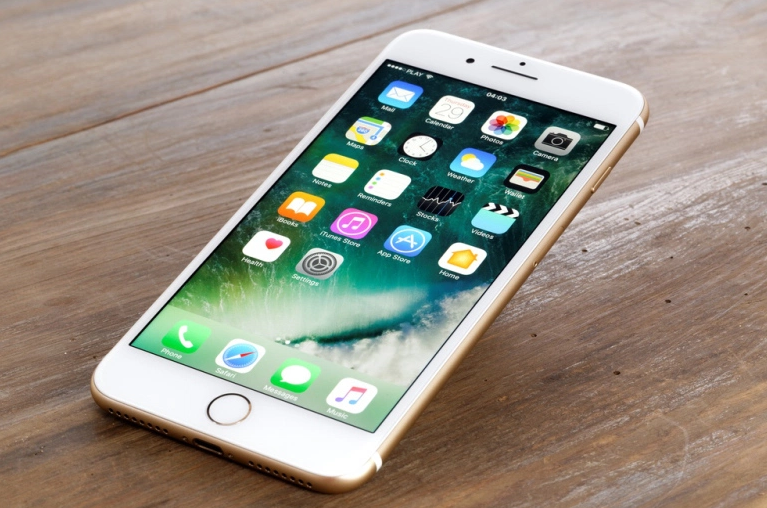 2301
2301
 2017-05-03
2017-05-03
Last month, NYU grad student Dejian Zeng gave us an inside look at what it’s like inside an iPhone manufacturing plant. The world inside the walls is a little different to how people might imagine: long days, tedious work, and an army of workers who live in cramped company-owned dorms.
But one thing that only got a passing mention was the security that Pegatron, Apple’s assembly partner, uses to keep products hidden. Manufacturing has to start months in advance of a product release, and it’s always an intricate game between Apple and leakers to try and keep factory components secret.

We have a locker room. That’s where workers changed their clothes, put their phones, their keys, all their metals. We need to swipe our card, and they have facial recognition. After you get in, you wait in line to go through a metal detector. But that was during the time that I was producing iPhone 6s. When I was producing iPhone 7, they increased their security level. There were two metal detectors in the factories, and they also increased the sensitivity of it. Like, for example, some girls have some bras that have metals in it. All of a sudden, on that specific day, they couldn’t pass the security door, and they needed to go back and change everything. Inside the factories, any kind of metal is not allowed. So I don’t think anybody can bring a camera or something like that inside of the factories.
Zeng says that even managers, who are allowed to bring phones into the factory, have to prove to security that they’re not trying to smuggle a phone out.
Despite the best efforts, components do routinely still leak. The most notorious Apple leak of all time happened right before the iPhone 4 launch, when an Apple engineer accidentally left a prototype in a bar, where it was found and sold to Gizmodo.
Source: bgr